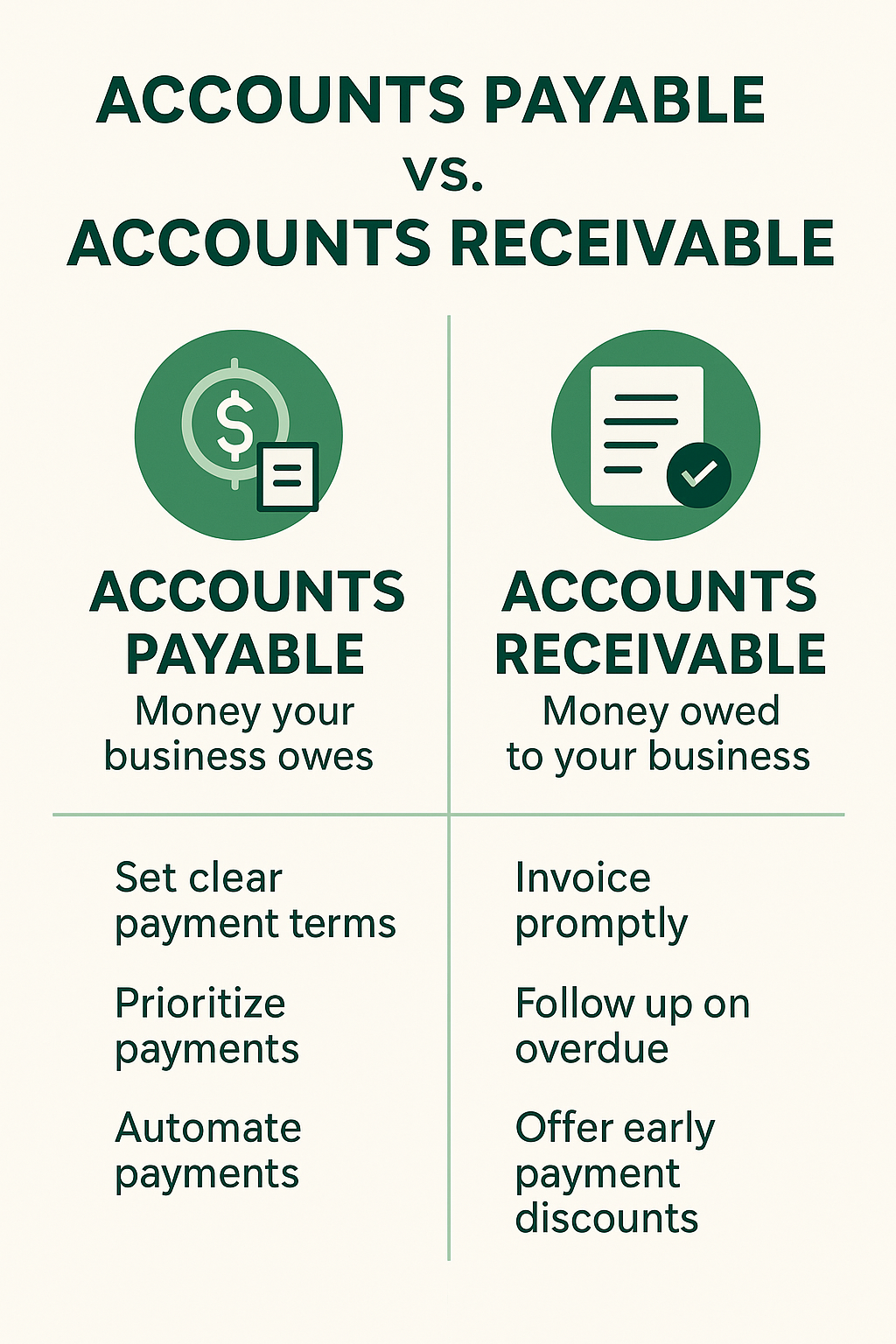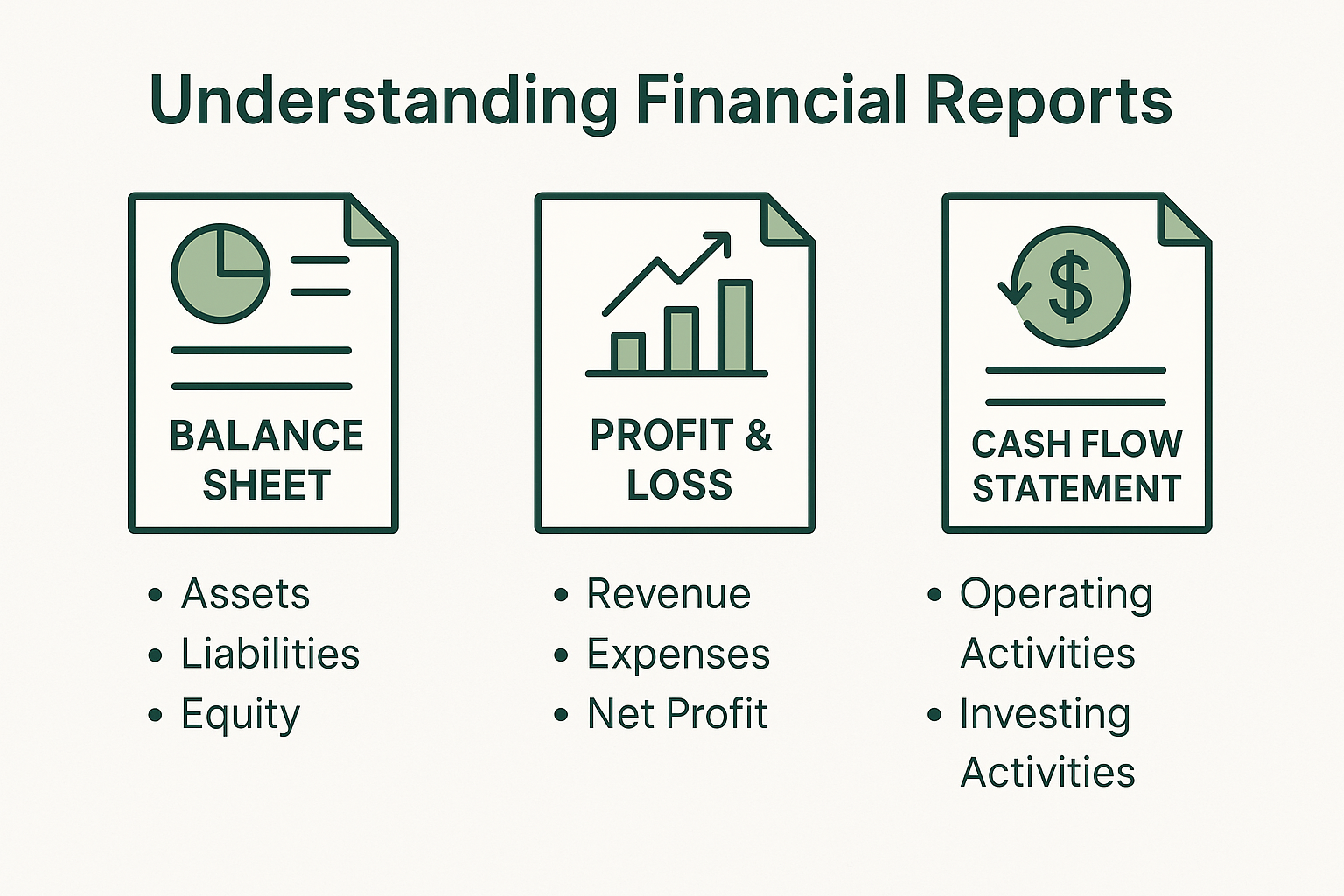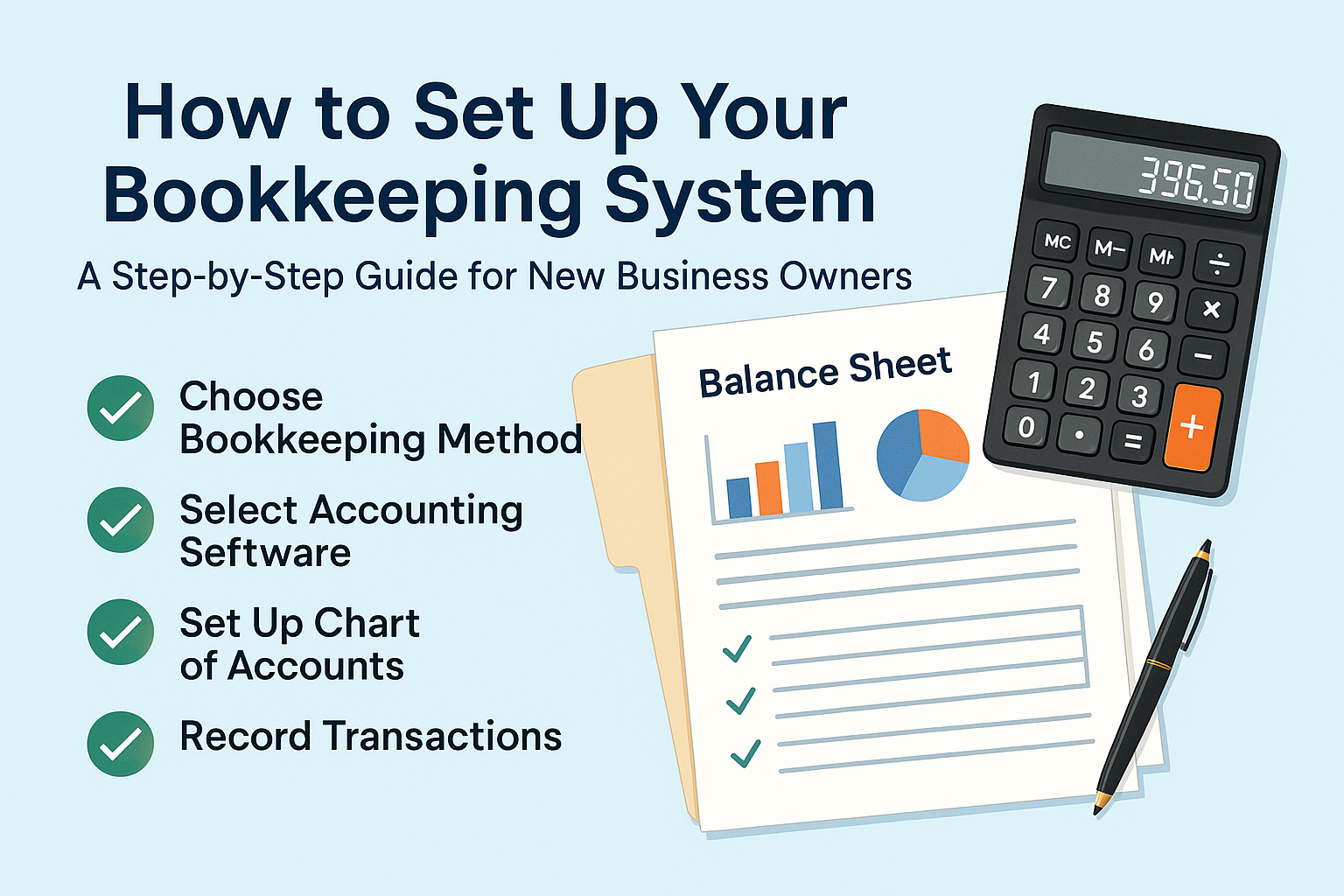The Importance of Regular Bank Reconciliation and How to Do It
The Importance of Regular Bank Reconciliation and How to Do It
As a business owner, one of the most important tasks you can do for your company’s financial health is to reconcile your bank accounts regularly. Bank reconciliation is the process of comparing your business’s financial records with the bank’s statements to ensure that both match. It may seem like a small task, but it plays a critical role in ensuring the accuracy of your financial statements, helping you catch errors, and preventing fraud.
In this article, we’ll explore why regular bank reconciliation is so essential for your business, and we’ll walk you through a simple process to perform it effectively.
Why Bank Reconciliation is Important
- Ensures Accuracy in Financial Records
One of the main reasons for reconciling your bank accounts regularly is to ensure that your financial records are accurate. Even the best bookkeeping systems can experience errors, such as double entries, missed payments, or incorrectly recorded transactions. Regular reconciliation helps to identify discrepancies between what you’ve recorded and what the bank shows, ensuring that your records are correct. - Helps Identify Fraud and Errors Early
Bank reconciliation can help you spot unauthorized transactions, fraudulent charges, or mistakes made by the bank. The sooner you detect an error, the sooner you can resolve it. For example, a small mistake might seem insignificant initially, but if left unchecked, it could lead to bigger problems down the road. Regular reconciliation ensures that you catch these issues early, reducing the risk of financial discrepancies. - Improves Cash Flow Management
By reconciling your accounts regularly, you have a clear view of your actual cash flow. Bank statements often include fees, charges, and other adjustments that might not be reflected in your books. Reconciling ensures that you are aware of all these deductions and helps you manage your cash flow more effectively, so you can avoid surprises like overdraft fees or missed payments. - Prepares You for Taxes
Bank reconciliation is an excellent practice for preparing for tax season. By reconciling your accounts, you’re ensuring that all your income and expenses are accurately recorded. This makes it much easier to generate financial reports for tax filing and helps you avoid errors or omissions that could lead to audits or penalties. - Maintains Financial Control and Transparency
Regular reconciliation gives you a better understanding of your business’s financial situation. It allows you to stay on top of any changes, track your spending habits, and ensure that your business is operating within its means. This practice enhances financial control and provides clarity to stakeholders, investors, and accountants who may need to review your business’s finances.
How to Perform Bank Reconciliation
Now that we’ve established why bank reconciliation is so important, let’s walk through a simple process to do it effectively.
Step 1: Gather Your Documents
To start, you’ll need two key documents:
- Your Business’s Cash Book: This is where you record all your financial transactions.
- Your Bank Statement: This is the document from your bank that lists all your account activity for a set period.
Step 2: Compare the Bank Statement with Your Cash Book
Start by comparing the transactions listed in your business’s cash book with the transactions on your bank statement. Make sure that the amounts, dates, and payees match exactly. If you find any discrepancies, such as missing transactions or incorrect amounts, investigate further.
Step 3: Check for Outstanding Transactions
If there are transactions that appear in your cash book but not on the bank statement (or vice versa), they may be due to timing differences. For example, a check that you wrote but hasn’t been cashed yet will not show up on your bank statement. Make a note of these outstanding transactions.
Step 4: Adjust for Bank Fees or Interest
Bank statements often include fees or interest that may not be recorded in your cash book. These could include service fees, overdraft charges, or interest earned on your balance. Add or subtract these items to your cash book to ensure that both documents match.
Step 5: Reconcile the Balances
Once you’ve accounted for outstanding transactions and adjustments, compare the final balances from both documents. If they match, your bank reconciliation is complete. If they don’t, continue investigating any discrepancies until you find the cause.
Step 6: Record the Adjustments
Once you’ve identified any discrepancies, make the necessary adjustments in your bookkeeping system. This could involve correcting errors, adding missed transactions, or accounting for bank fees.
Conclusion
Regular bank reconciliation is one of the simplest and most effective ways to maintain your business’s financial health. It ensures that your records are accurate, helps detect fraud or errors early, and provides a clearer picture of your cash flow. By following the simple process outlined above, you’ll be able to reconcile your accounts with confidence, knowing that you’re taking the necessary steps to keep your business financially sound.
At
Sihamkami Bookkeeping Services, we specialize in helping businesses maintain accurate and up-to-date financial records. Contact us today to learn more about our bank reconciliation services and how we can help you manage your finances more efficiently.



